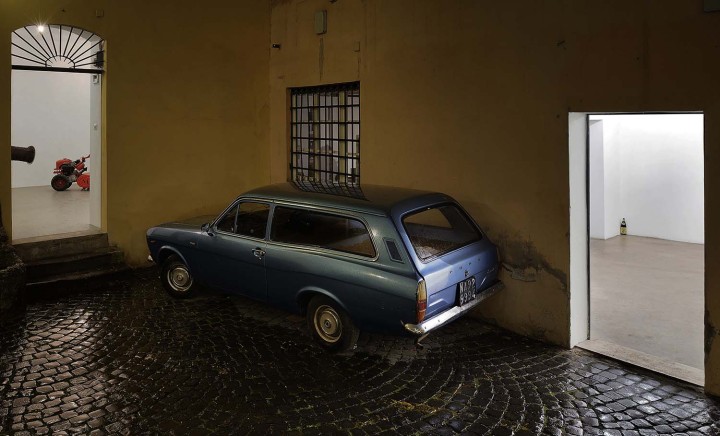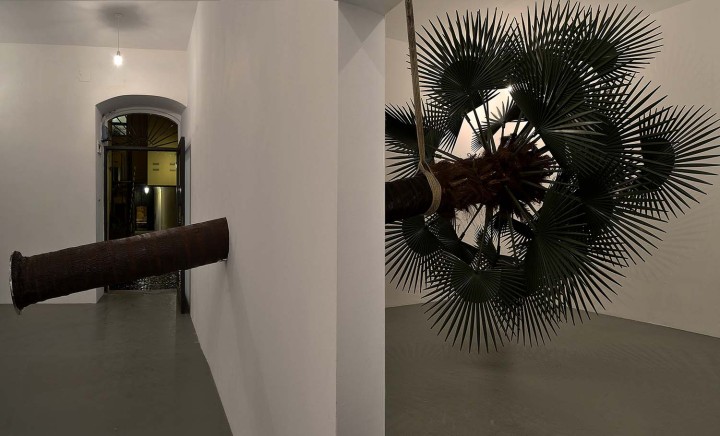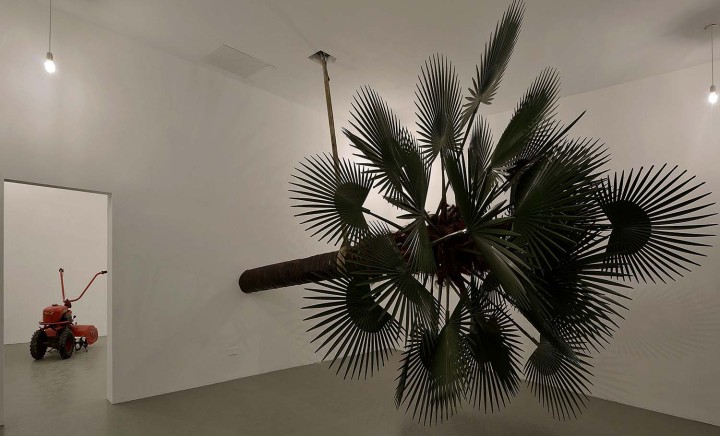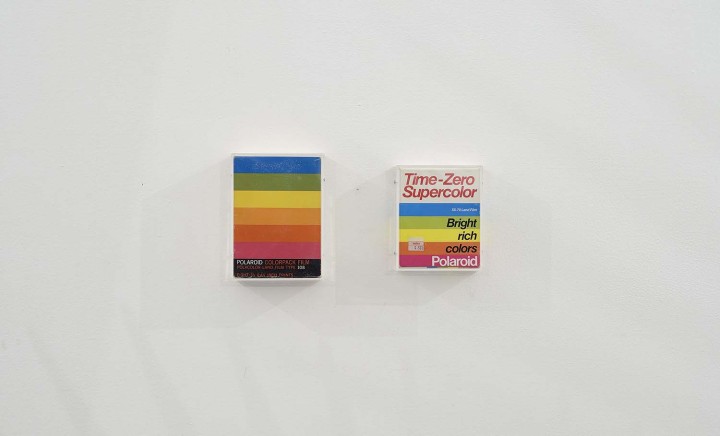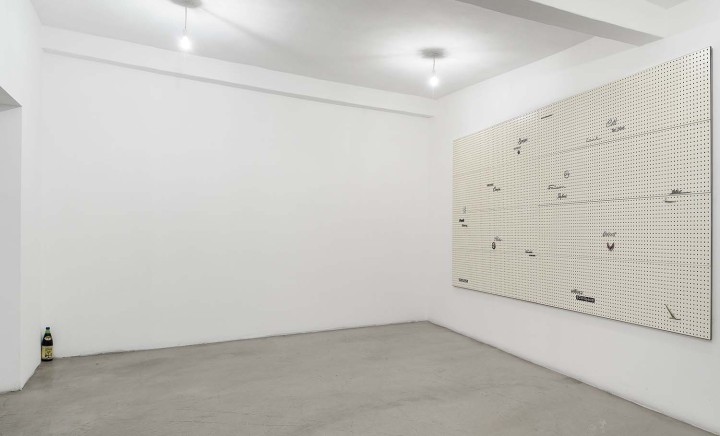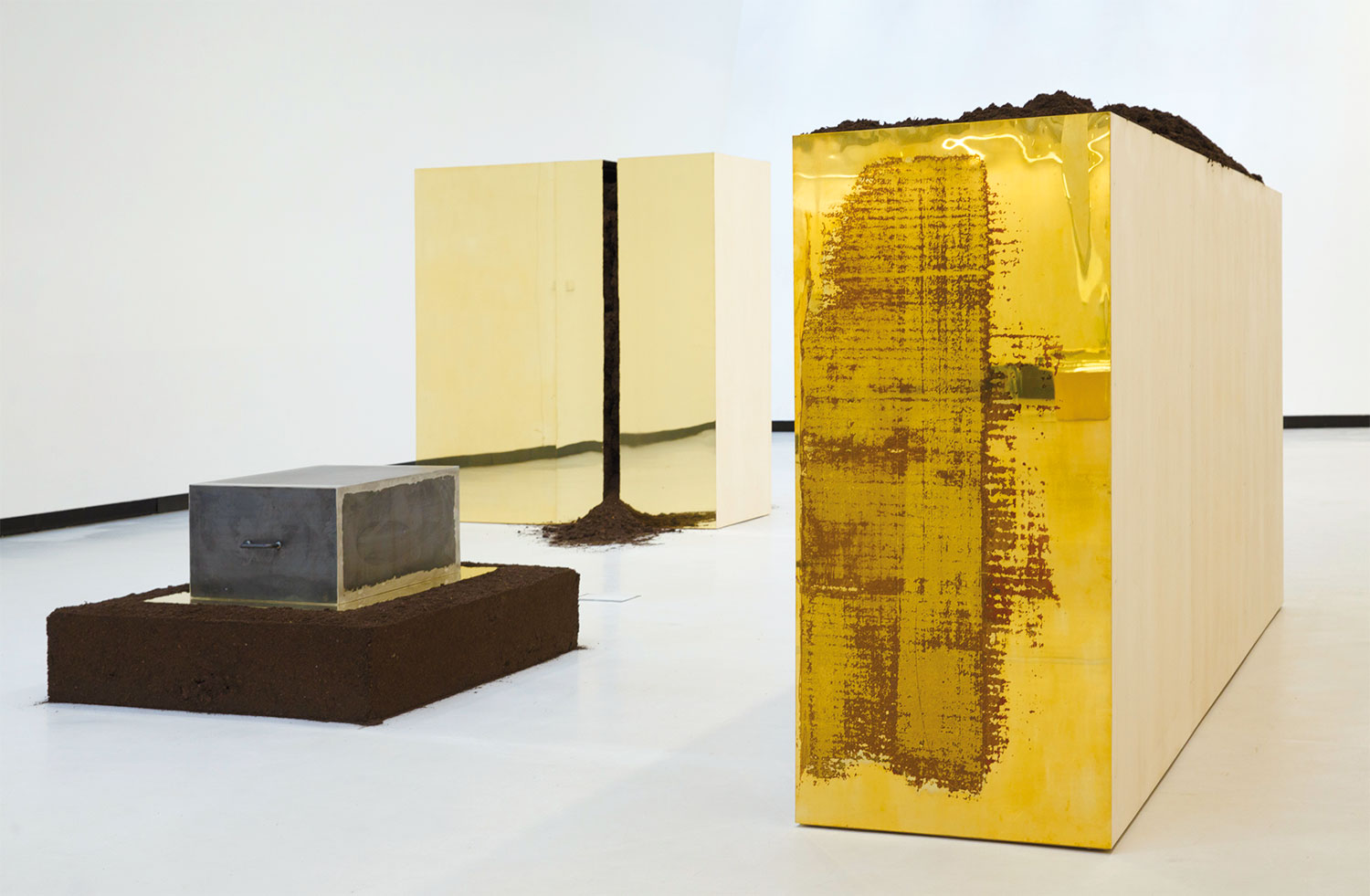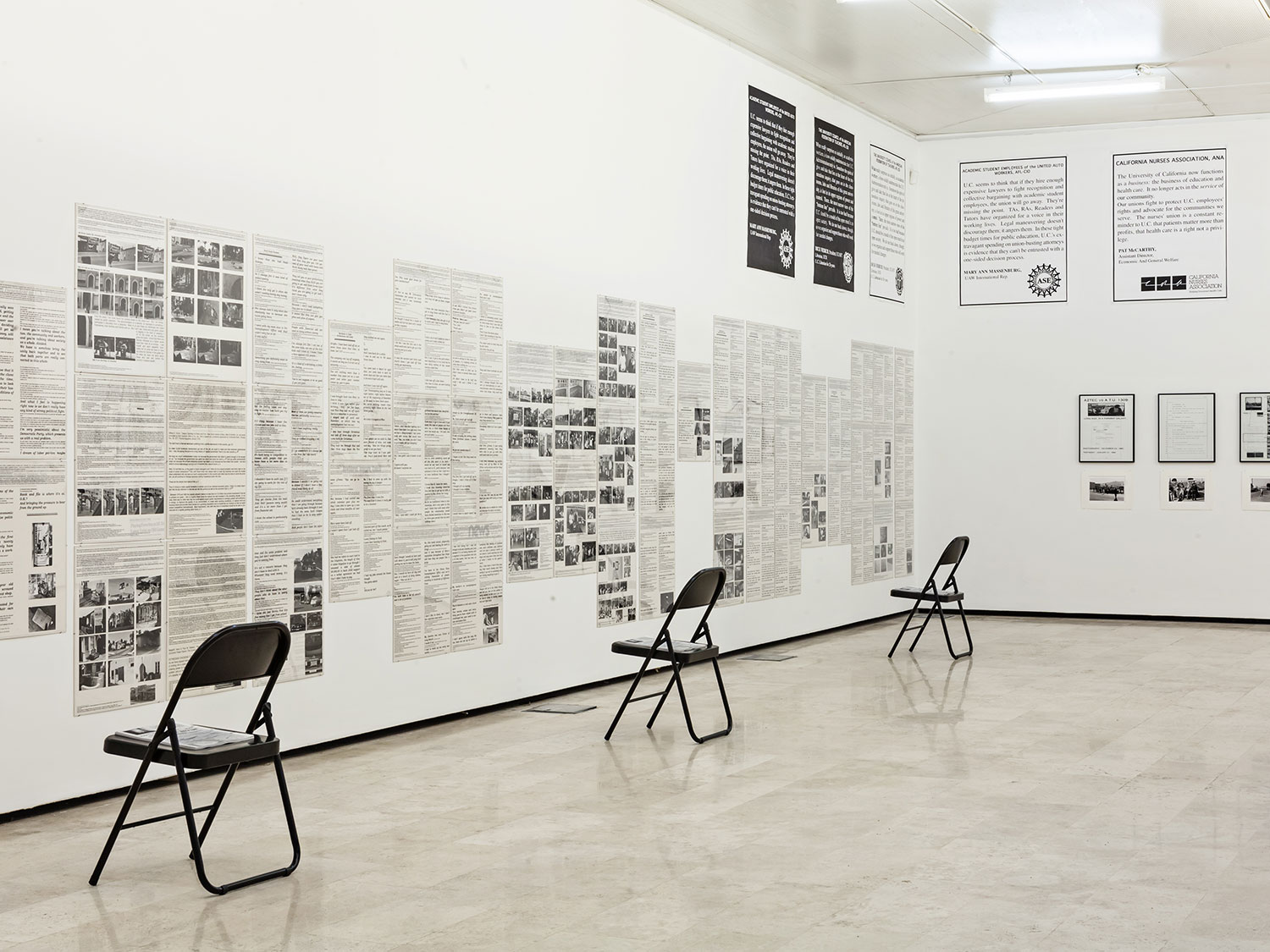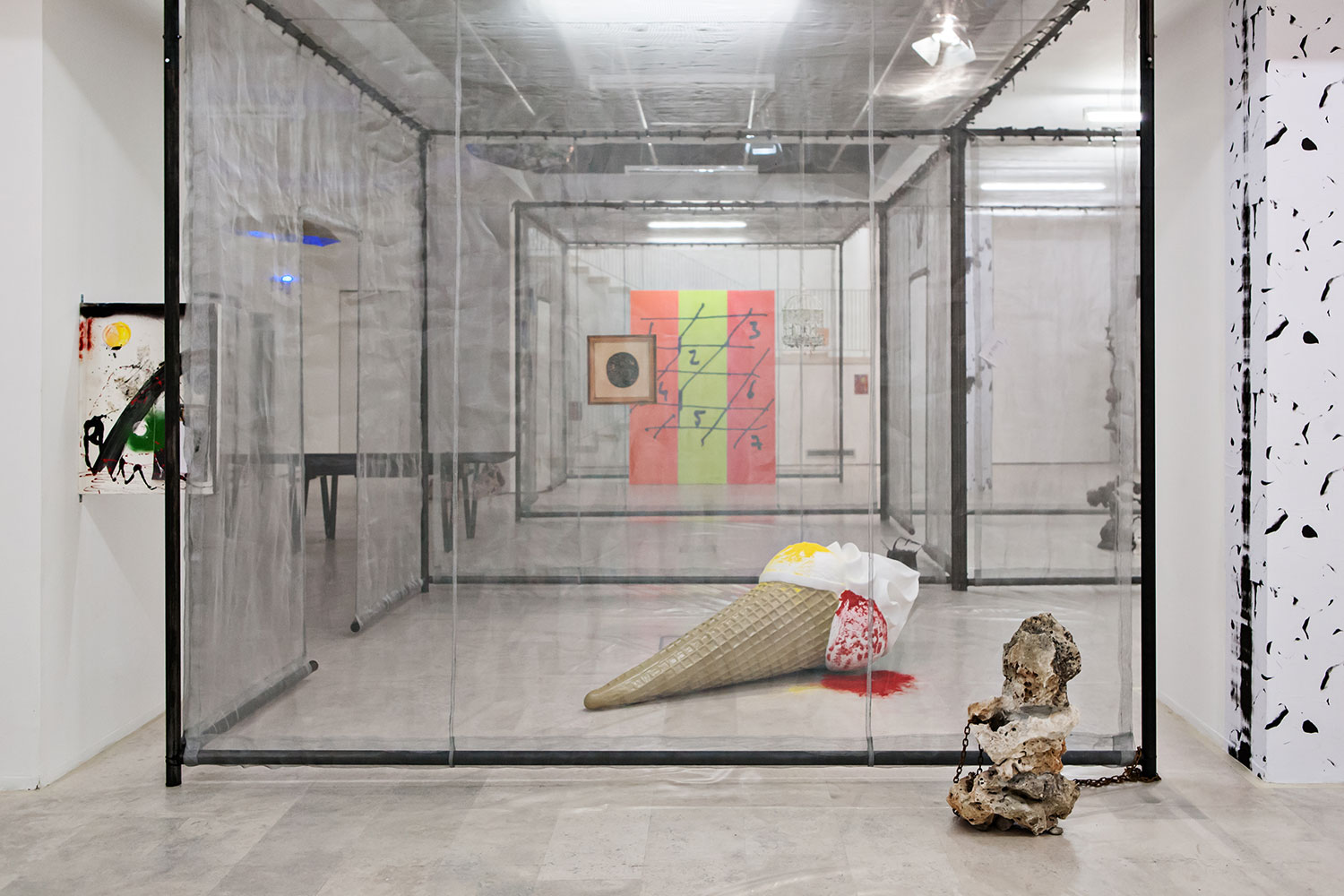Memories of the twentieth century and its ghosts reside, for Elisabetta Benassi, in its machines. Engines, gears, sheet iron, and the powerful-but-now-obsolete imaginary with which they are connected, are often the starting point of her research. The Roman artist interprets such objects as concrete symbols that prompt reflections on the history of the Age of Extremes and the failure of its modern ideologies.
From the vintage motorcycle of Timecode (2000), in which the artist envisaged a young Pier Paolo Pasolini riding through the outskirts of Rome; to the old test track of the Lingotto in Turin in Terra (2003); to the desolation of the scrap yard described in Tutti morimmo a stento (We All Died Struggling) and Suolo (Soil) (both 2005); to the Morse code lamp used by warships and the antiquated device used to read microfilm in All I Remember (2010); to the present exhibition, which treads a path between objects and spaces, narrating an epoch when the dematerialization of the postindustrial economy seemed still some distance away.
The title of the exhibition, “Letargo” (Lethargy), plays on the opposition between natural and artificial, and is taken from the eponymously titled work in the courtyard (2016): an old Ford Escort station wagon (belonging to Francesco Clemente) in whose trunk, filled with earth, two enormous turtles seem to have found their ideal habitat — in fact two cast-bronze shells.
Or, again, on the pegboard of Salamandra Zaf (2016), covered with car emblems that make reference to zoomorphic forms, to Mimetica (2016), an artificial palm tree used to conceal radio antennas, angled between two of the gallery’s spaces, as if to acknowledge the domesticated exoticism of the Roman surroundings.
Beside the palm, one encounters Autoritratto al lavoro (Self-Portrait at Work (2016), a vintage, gasoline-powered garden tiller branded “Officine Meccaniche Benassi.” The artist positions herself in the same suspended time as her machines. Appropriated from different fields of production, they become tools for reinterpreting history, for understanding change and its consequences in the present.

